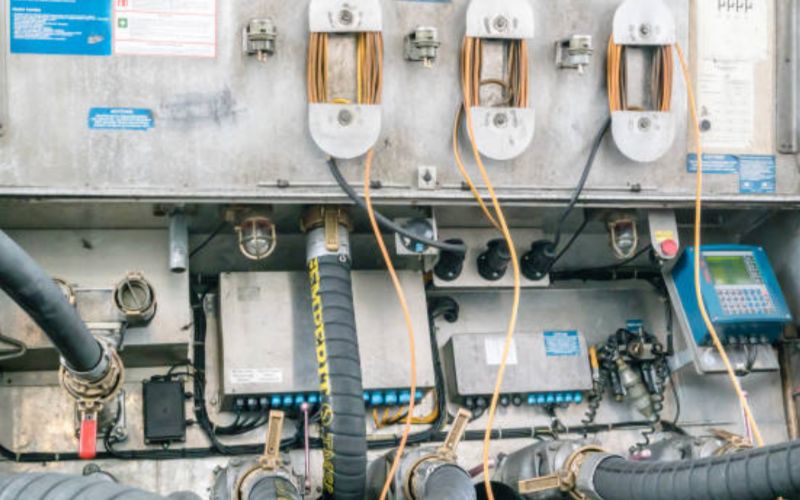The Many Uses Of Heat Pipes: From Cooling Electronics To Aerospace
Heat pipes are a type of heat transfer device that has been widely used in different industries for many years. A heat pipe is a simple device that can transfer heat from one place to another faster than any other method. It can transfer a large amount of heat with minimal energy input and is particularly efficient for removing heat from electronic devices. Here are some of the common uses of heat pipes:
Cooling Electronics
Heat pipes are widely used in the electronics industry to cool down electronic devices such as laptops, cell phones, and desktop computers. The heat pipes work by transferring the heat from the electronic devices to a cooling system, which then dissipates the heat to the surrounding air or a liquid. Heat pipes are particularly useful in portable devices where air cooling is not practical. Furthermore, heat pipes are highly reliable and require minimal maintenance, making them ideal for use in electronic devices.
Thermal Management In Vehicles
Heat pipes are also used in vehicles to manage heat generated by engines, exhaust systems, and other components. They are particularly useful in electric and hybrid vehicles where a large amount of heat is generated by the batteries, motors, and control systems. Heat pipes help to dissipate the heat to the surrounding air or coolant, reducing the risk of overheating and component failure. This improves the efficiency and reliability of the vehicle, while also reducing the need for expensive cooling systems.
Space And Aerospace Applications
Heat pipes are widely used in space and aerospace applications to transfer heat across long distances. The devices work by using a vacuum to create a gradient in temperature, which generates a capillary flow of liquid. This flow transfers the heat from the hot end to the cold end, making heat pipes an ideal solution for thermal management in satellites, rockets, and other space vehicles. Heat pipes are also used in aircraft to manage the temperature of avionics components, engines, and other systems.
Industrial Applications
Heat pipes are also commonly used in industrial applications where high temperatures are generated. They are particularly useful in the production of semiconductors, where high-temperature processes are used to create advanced microchips. Heat pipes help to regulate the temperature of the semiconductor material, reducing the risk of damage or reduced performance. Heat pipes are also used in foundries, steel mills, and other industrial applications where heat management is critical to the production process.
Solar Thermal Systems
Heat pipes are widely used in solar thermal systems to transfer heat from the solar collectors to the hot water storage tanks. The heat pipes are filled with a fluid that boils at a low temperature, transferring heat to the water when heated by the sun. This method is highly efficient and can provide a high flow rate of hot water for domestic and commercial applications.
Cryogenic Cooling Systems
Heat pipes are also used in cryogenic cooling systems to control the temperature of superconducting magnets and other components used in scientific research. The heat pipes work by transferring the heat generated by the superconducting material to a cooling system, which then dissipates the heat to the surrounding air or liquid. This helps to maintain a low temperature and stable environment required for the operation of these systems.
Nuclear Reactors
Heat pipes can also be used in nuclear reactors to transfer heat from the reactor core to a heat exchanger. This helps to reduce the risk of overheating and component failure, while also preventing fuel from melting. Heat pipes are particularly useful in small-scale nuclear reactors where a large amount of heat is generated in a small space.
Heat Recovery Systems
Heat pipes can also be used in heat recovery systems to transfer heat from exhaust gases or waste heat to other systems or devices. This can improve the efficiency of a system or device, reducing energy costs and greenhouse gas emissions.
Food And Beverage Industry
Heat pipes can also be used in the food and beverage industry to control the temperature of food and beverage storage areas, as well as transport food or beverage products. Heat pipes can help to reduce the risk of spoilage or reduce energy consumption by preventing unnecessary cooling.
Medical Applications
Heat pipes are also used in medical applications such as the cooling of MRI machines and other medical systems. Heat pipes can help to regulate the temperature of these systems, reducing the risk of malfunctions or damage to the equipment.

